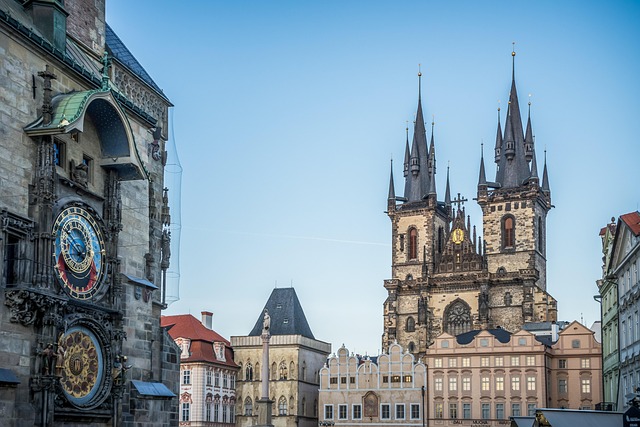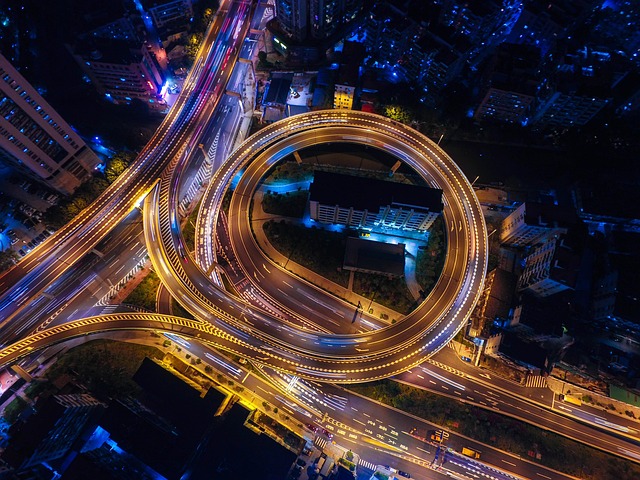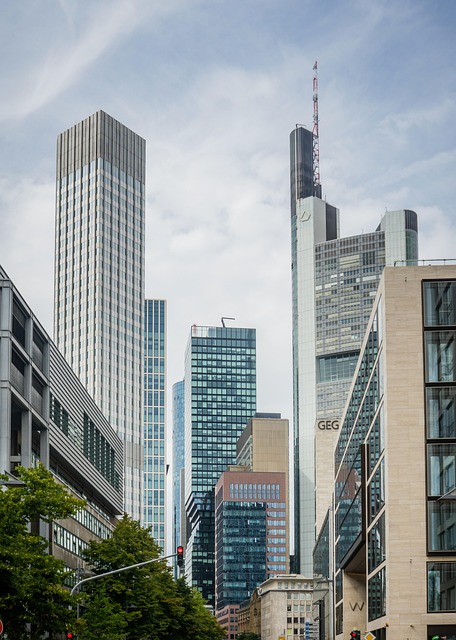Nazimabad, a vibrant Karachi neighborhood, faces road challenges like poor maintenance, uneven surfaces, and inadequate signage, yet local residents actively engage with authorities, demonstrating strong community ownership. Karachi struggles with critical road infrastructure issues due to high population density and rapid urban development, causing traffic congestion, environmental pollution, and safety hazards. Proposed solutions include widening thoroughfares, enhancing drainage, implementing smart city tech, and introducing eco-friendly features like solar-powered streetlights. Looking ahead, Nazimabad aims for sustainable urban development with efficient public transport, green spaces, and improved road conditions that can serve as a model for Karachi and beyond.
“Exploring the road network of Nazimabad, a vibrant neighborhood in Karachi, is essential for comprehending the urban mobility landscape. This article delves into the local perspective on road conditions, highlighting key challenges and concerns that Karachis face daily. We examine the intricate issues plaguing the city’s infrastructure while offering potential solutions and future prospects for enhancing road infrastructure in Nazimabad and beyond. By understanding these dynamics, we can navigate towards a smoother, more efficient Karachi.”
- Understanding Nazimabad: A Local Perspective on Road Conditions in Karachi
- Key Challenges and Concerns: Uncovering the Issues Plaguing Karachi's Roads
- Potential Solutions and Future Prospects: Enhancing Road Infrastructure in Nazimabad, Karachi
Understanding Nazimabad: A Local Perspective on Road Conditions in Karachi

Nazimabad, a vibrant neighborhood in the heart of Karachi, offers a unique perspective on the city’s road conditions. The area is known for its bustling streets, where locals navigate through a complex web of traffic, highlighting the challenges and opportunities presented by the urban landscape. In light of this, understanding Nazimabad’s roads is essential to grasp the broader issues and solutions for Karachi as a whole.
The local community in Nazimabad faces daily disruptions due to poorly maintained roads, uneven surfaces, and inadequate signage. However, it also serves as a microcosm of Karachi’s evolving infrastructure. The area’s residents actively engage with local authorities to advocate for improvements, demonstrating a strong sense of community ownership. This dynamic highlights the potential for collaborative initiatives to enhance road conditions in Nazimabad and, by extension, across the diverse neighborhoods of Karachi.
Key Challenges and Concerns: Uncovering the Issues Plaguing Karachi's Roads
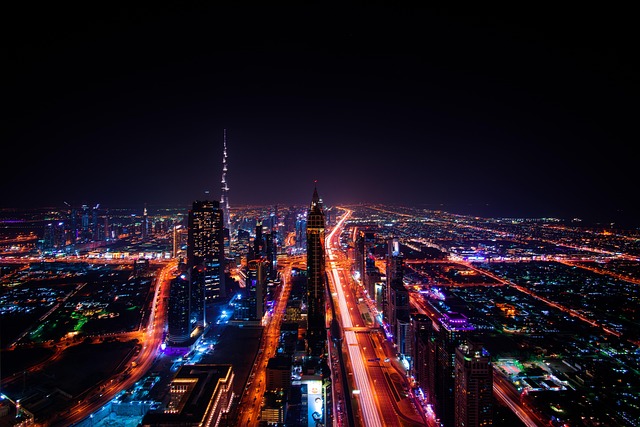
Karachi, as a bustling metropolis, faces significant challenges in maintaining optimal road conditions. The city’s dense population and rapid urbanization have put immense pressure on its infrastructure, leading to several pressing issues. One of the primary concerns is the poor quality of roads, with many suffering from severe cracks, uneven surfaces, and inadequate drainage systems. These problems not only affect the smooth flow of traffic but also pose significant risks to drivers and pedestrians.
Additionally, Karachi’s notorious traffic congestion exacerbates the road woes. The ever-increasing number of vehicles on the roads, coupled with inadequate public transport options, has resulted in a labyrinthine network of traffic jams. This not only causes immense frustration for commuters but also contributes to air pollution and increases fuel consumption. Addressing these challenges requires comprehensive urban planning, strategic road maintenance, and innovative transportation solutions tailored to Karachi’s unique needs.
Potential Solutions and Future Prospects: Enhancing Road Infrastructure in Nazimabad, Karachi
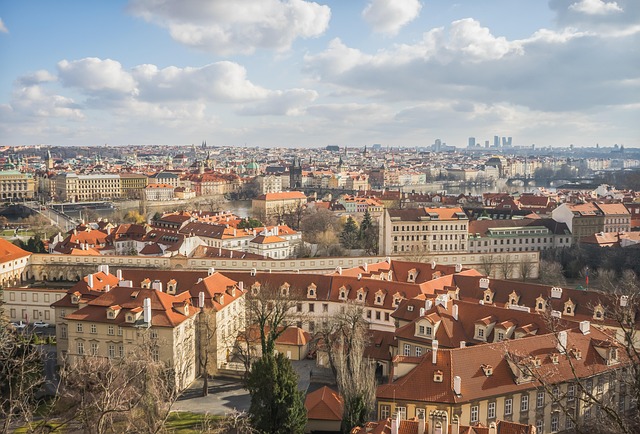
Nazimabad, a vibrant neighborhood in Karachi, faces challenges with its current road infrastructure. Potential solutions include widening major thoroughfares to alleviate traffic congestion and enhancing drainage systems to mitigate flooding during monsoons. Implementing smart city initiatives such as real-time traffic monitoring and digital signage can further improve efficiency.
Looking ahead, the future prospects for Nazimabad’s roads involve integrating eco-friendly materials and sustainable design principles. This could include solar-powered streetlights, green spaces along routes, and efficient public transport systems. By focusing on these innovations, Karachi can set an example for urban development, ensuring a safer, more livable environment for its residents.
In light of the above discussions, it’s evident that improving road conditions in Nazimabad, Karachi, is a multifaceted challenge. By addressing key concerns such as inadequate maintenance, poor planning, and the rapid urbanization of the city, there is potential to revolutionize mobility in this bustling part of Karachi. Implementing sustainable solutions, including upgraded infrastructure and innovative transportation strategies, can significantly enhance the quality of life for residents and visitors alike. As we move forward, it’s crucial to prioritize these issues to ensure a safer, more efficient, and vibrant urban landscape for the future of Nazimabad and Karachi as a whole.

